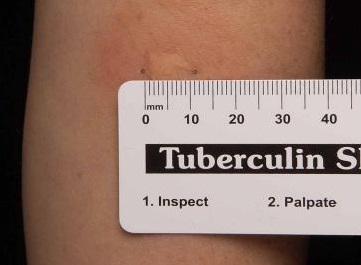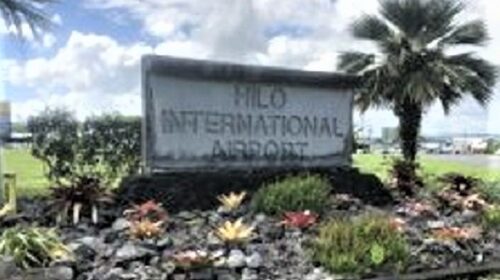Department of Health urges Hawaii residents to review TB risk
It is estimated that one fourth of the world’s population may carry tuberculosis (TB) in its latent or inactive form; placing them at risk for TB disease later in life. No one knows for sure how many people in Hawai‘i have this infection, but the Hawai‘i Department of Health estimates the number could be as high as 70,000 to 100,000 residents. As part of the globally observed World Tuberculosis Day on March 24, the health department is urging Hawai‘i residents who are at risk to get tested for TB infection.
Approximately 10 percent of people who are infected with latent TB will go on to develop active TB disease and they could benefit from medication to prevent the development of this infectious and serious illness.
Although many people believe that TB is a disease of the past, it has remained a leading killer among infectious diseases worldwide for more than 135 years, according to Dr. Elizabeth MacNeill, Chief of the Department of Health’s Tuberculosis Control Branch.
“Hawai‘i residents are particularly vulnerable because of our close ties to areas of the world where TB is more common. Those who travel frequently and spend time in countries where TB occurs or who have close contact with a person with active TB disease are at the greatest risk of being exposed and infected by TB,” MacNeill said. Areas of the world where TB is more common include Latin America, Asia, Eastern Europe, Africa and most of the Pacific Islands. “Others who are at higher risk of developing active TB, once they’ve been exposed, include those with weakened immune systems, diabetes and renal failure and children under five years of age.”
In 2020, Hawai‘i had a total of only 94 cases of active TB; a significant drop from previous years. However, Hawai‘i has one of the highest number of cases in the US for our population size.
For anyone who is at risk or who may have been exposed to someone with active TB, the health department recommends asking your doctor about being tested for TB infection. Testing consists of a TB skin test or a newer blood test called Quantiferon Gold In-tube test. Anyone with a history of a positive TB skin test or blood test, should ask their doctor if preventive medication would be helpful. Testing for TB infection is recommended for adults and children at risk and covered under most health insurance plans. New medications are also available that offer a shorter course of treatment with fewer side effects.
What is TB?
TB is a disease that is commonly seen in the lungs and can be spread from person-to-person through the air. When a person with active TB disease in the lungs or throat coughs, sneezes, speaks, or sings, tiny drops containing M. tuberculosis may be spread into the air. If another person inhales these drops, there is a chance they may become infected with TB. Two forms of TB exist, both of which are treatable and curable:
- Latent TB infection – People have TB bacteria in their body, but their immune system is protecting them, and they are not sick. Someone with latent TB infection cannot spread the infection to other people and treatment is available to prevent progression to disease.
- Active TB disease – A person becomes sick with TB because their immune system can no longer protect them. Someone with active TB disease may spread the disease to other people. Specific antibiotic treatment can cure this disease.
World Tuberculosis Day
World Tuberculosis Day began in 1882, when Dr. Robert Koch announced the discovery of the bacteria that causes TB infection. This microbe, most often found in the lungs, can spread to other parts of the body and can be transmitted in the air by a person sick with the disease.
Although TB is infrequent in the US, it is still the leading cause of infectious disease deaths in the world, killing approximately 1.5 million people each year. Nearly one fourth of the world has the inactive form of TB infection and are at risk of developing active TB sometime in the future.
The Hawai‘i Department of Health’s Tuberculosis Control Program is part of the Communicable Disease and Public Health Nursing Division. Its mission is to reduce the incidence of tuberculosis in the state by providing effective prevention, detection, treatment, and educational services. Examinations and treatment are available free of charge. For more information on tuberculosis or the program’s services and activities, call (808) 832-5731 or visit health.hawaii.gov/tb.




